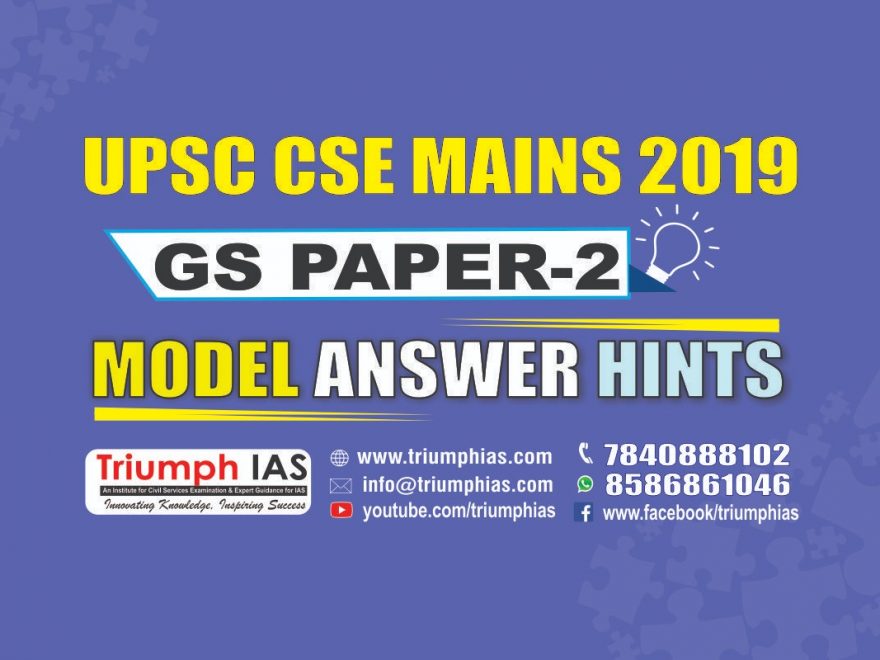Approach:
- India aspires to be the leader of the emerging global order (Ambitions in terms of economic, political), but that does not perfectly fit in the US’s strategy which is leading to friction between India and the US.
- In the first part of the main body, the theme of the discussion should be on the line of: “India cannot ensure its global rise without a stable global economic order”
- Mention in the 2nd part, how the USA is distorting the global economic order.
Model Answer:
India is seeking for itself a larger role in the emerging global order than she had traditionally. It can be contended that the Washington’s failure to accommodate Indian ambitions into its own foreign policy is causing frictions in their bilateral relations.
Some instances that support this view point: ·
Iran- has emerged as a main point of tension. While USA wants to pressurize India into suspending oil imports from Iran, India made clear they are not bound by any sanctions other than those imposed by the UN.
USA clearly couldn’t accommodate India in its policy towards Iran. · Russia- The friction with respect to Russia came under focus with India’s decision to sign deal with S-400s.
India signed several technological interoperability agreements with the US.
But US is apprehensive that it gives Russia an opportunity to breach its security. US unable to find a balance between satisfying India’s strategic requirements with Russia and US’ own historical enmity with the country. ·
Afghanistan- US’s decision to hold talks with the Taliban and excluding the elected government of Afghanistan in this regard runs counter to Indian stand of “Afghan led peace process” is the only way forward in this matter.
China- US is engaged with a trade war with China resulting in mounting up barriers to free trade. This is against India’s insistence on WTO led free trade. US’s decision to reduce its fleet in the Indo-Pacific region also not in the Indian interest as it would mean leaving Chinese influence to run free.
Pakistan- India has been insisting from the beginning that US must not provide Pakistan any support unless the latter suspends all support to terrorism.
But USA is dependent on Pakistan to further its goals in Afghanistan. As India is clearly being ambitious in terms of attempting to carve for itself a greater role in the emerging areas of international relations, US with a not so complimentary foreign policy is struggling to accommodate the former in its own strategies.
While measures like renaming its pacific command into Indo-Pacific command signifies the symbolic acceptance of rising India’s role in the region, US has to go a long way in accommodation the ambitious India.

